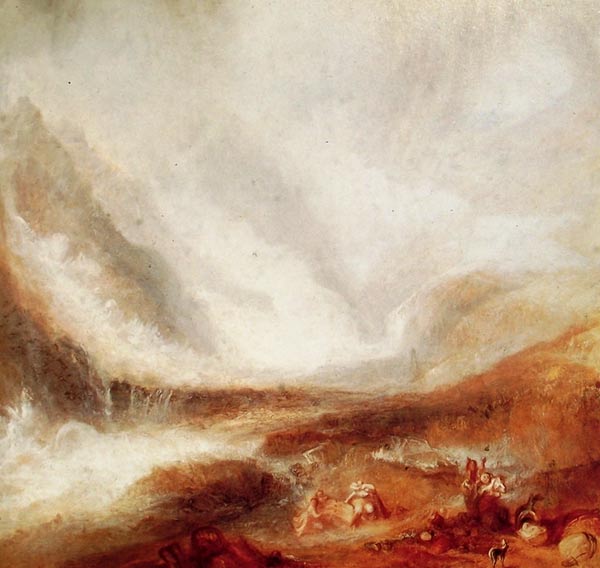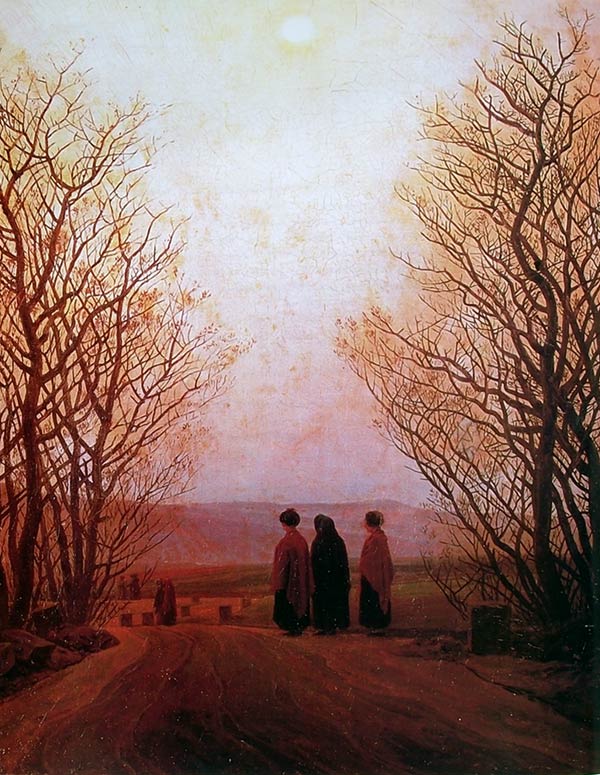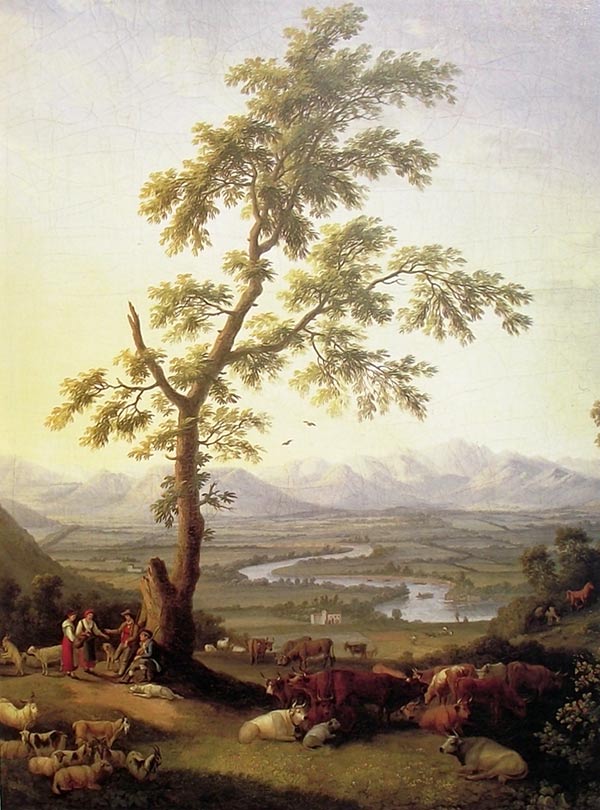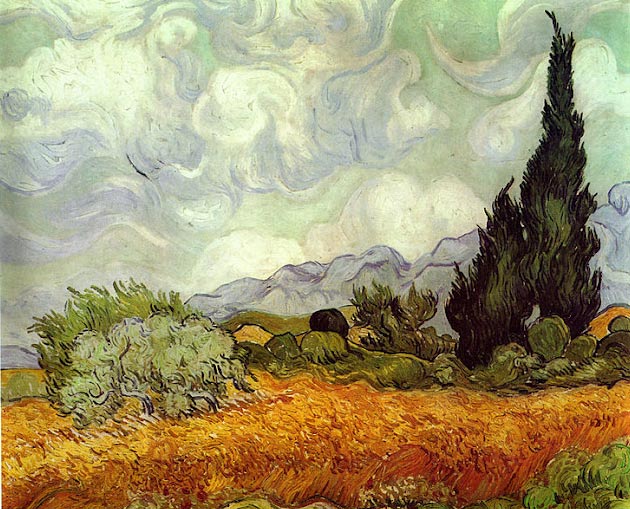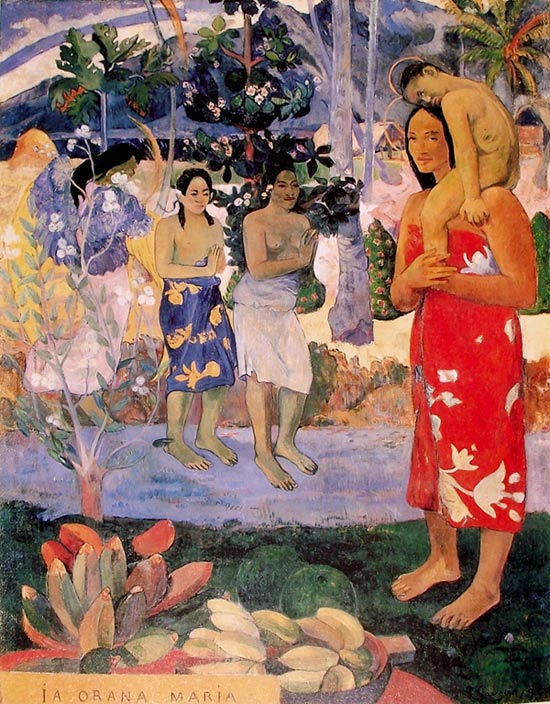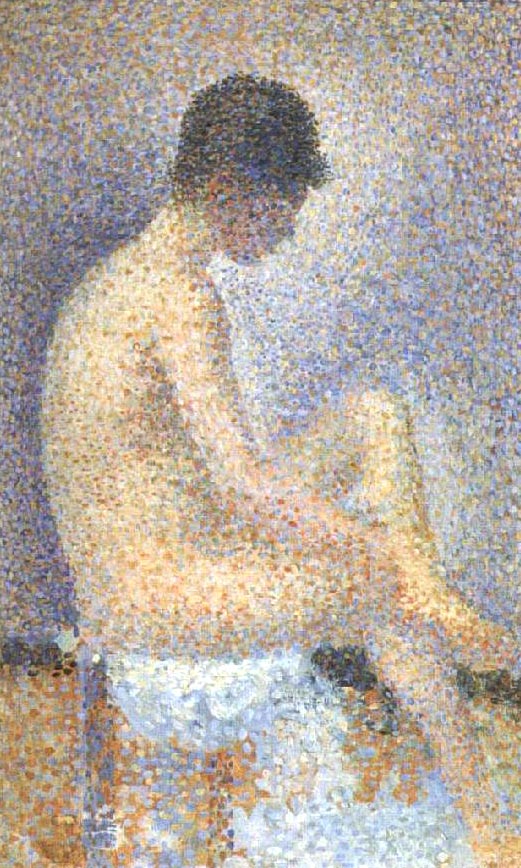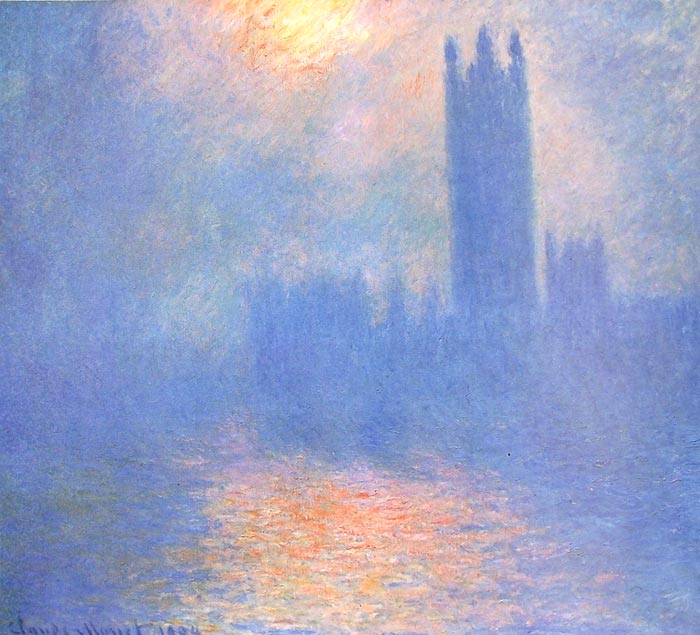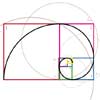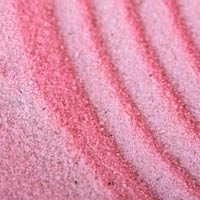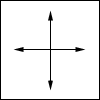When we are painting a scene or some characters but we do not mark the contrast of lights and shadows, that is, everything has a smooth tonal graduation and the little shadows are mixed with the objects themselves… then we are creating an atmosphere or diffused lighting deployed and a great source of scattered light. In the absence of a strong focus on linear light power decreases and contrasts the ways that are more integrated and smooth.
Example of diffuse light in a painting:
William Turner, Storm in the snow. The white light and the snow are invading the picture on the top and towards the down side where we see the characters.
Many artists have tried to eliminate the contrast of light, which itself provides some features to the message of the image. So, without contrasts, the scene is free of those attention points that are too strong and rhythmic. The result is a more integrated scene, the elements are united in the same environment and we get other sensations where the light has no power.
A classic example of diffuse light is a cloudy day because the sunlight, that usually generates strong shadows, when there are cloud layers, is reflected in all the clouds, just illuminating everything in a uniform and smooth way. There is not a strong point of light, but multiple weaker lights and scattered clouds reflections.
I present several works of paintings that have diffused light and, thanks to them, the feeling and meaning of the work are best achieved.
Example 1 – Romanticism. Sunrise by Caspar David Friedrich
Not even necessary to describe how soft is the diffuse light of this painting.
Sunrise by Caspar David Friedrich.
Example 2 – Realist landscape – Filippo Hackert.
This painting called Spring, even if it has quite harsh shadows, the atmosphere and sky have a wide spread light, diffuses lights.
Realist landscape with diffuse light by Filippo Hackert.
Example 3 – Expressionism – Wheat Field with Cypresses Van Gogh.
An example of a cloudy day where nature is discrete.
Landscape with diffuse light by Van Gogh.
Example 4 – Simbolism – Io Orana Maria, by Paul Gauguin.
The scene is related between their parts and the soft light works on it.
Io Orana Maria, Scene with diffuse light by Gauguin.
Example 5 – Pointillism – Seated figure by Seurat
When painting as the pointillist way, painters often undid light contrasts, unifying the whole picture, and as a result representing a smooth and diffuse light.
Figure with diffuse light by Seurat.
Example 6 – Impressionism – Parliament, passage of the sun through the fog. 1904 Painting, Oil 81 cm x 92 cm.
One of the masters of light created with color, Monet painted this scene with light reflections on the clouds, the fog and the water. Diffuse light created with a great work of well toned brushstrokes.
Parliament, Sun through the fog, by Monet.

